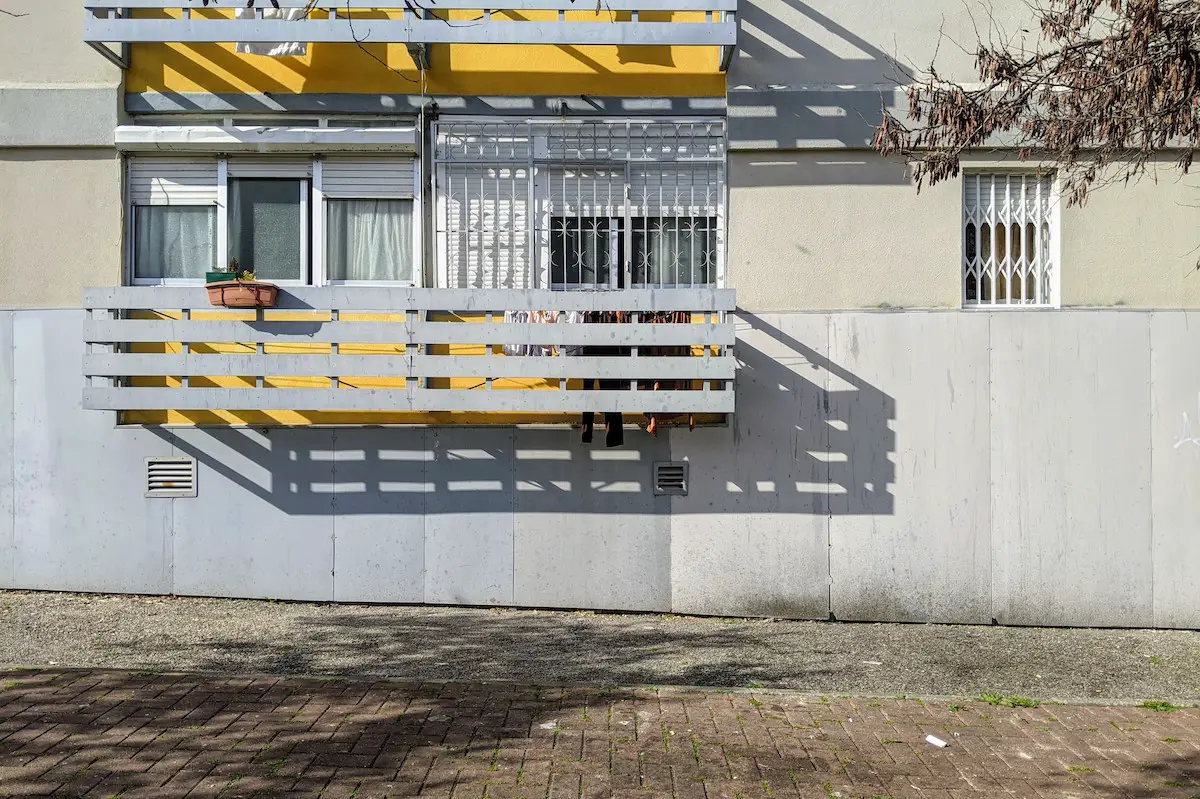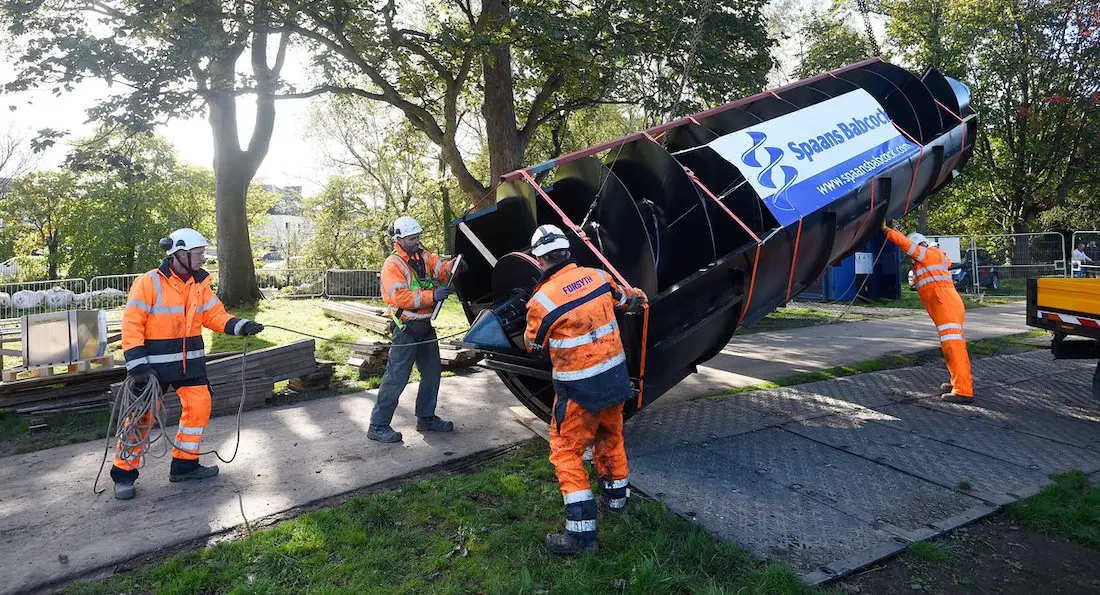Trying to find an appropriate adjective to describe the experience many of us are living through right now is a peculiar process. The coronavirus pandemic has tangibly changed the lives of billions of people and the only thing that seems certain about the future is that it will be different.
Cities have thrived by bringing people closer together, and while it has always been theoretically and historically obvious that this was also one of the biggest risks of urban life, the outcome of that risk is now being lived by many of us for the first time.
Public transport is a familiar component of the city, essential for many residents and something that has been considered critical for a transition to sustainable, lower-impact lifestyles. It has also been an area of immediate change as cities all over the world grapple to manage the impact of the coronavirus.
Every day brings something new at the moment. While the below isn’t a comprehensive study of the impact of the coronavirus pandemic on public transport it does look at key trends and their potential long term ramifications.
Closures and Reduced Service
In January, Wuhan – a city of around 11 million people – closed its public transport system in an effort to contain the spread of the virus. Passenger trains and flights out of the city also ceased to operate, with train and ferry services connecting Hong Kong to mainland China suspended a few days later. In other cities, public transport frequency has been reduced in an effort to slow the spread (and manage driver sickness) while still providing services for essential workers.
Use Public Transport Less
All over the world, people are being asked to stay at home to reduce their exposure to others and slow down the rate of transmission. For most cities, this has not involved a complete ban on using public transport, nor a comprehensive removal of services. In Italy, Aljazeerra reported in March that those who continue to use public transport “need to fill in a document explaining their reasons for doing so.” Failure to carry this results in a hefty fine or potential jail time. Those entering Japan from South Korea or China have been told to not use public transport for 14 days.
Cleaner Spaces
Efforts to reduce the health risk of travel by public transport have increased, with a focus on riders and infrastructure. Passengers at some Italian train stations have had their temperatures checked before travel in an effort to spot anyone showing symptoms. In Hong Kong, a small cleaning robot has been deployed, spraying hydrogen peroxide onto subway carriage surfaces in order to disinfect places hard to reach by hand. For most cities, increased cleaning requirements are being undertaken by humans.
Contactless Payment
The transition of public transport payment from cash to contactless cards has been underway for many years, though the coronavirus may have illustrated benefits previously considered low priority. Greater Wellington Regional Council chair Daran Ponter – who also announced measures to clean buses “to a much higher standard than they would ordinarily” – recently confirmed that the city’s public transport would be going fully cashless in an effort to protect both passengers and staff. The same measures are being rolled out 600km up the road in Auckland.
The future for urban public transport, like many other areas, is unclear. However, the trends and messages we are witnessing suggest areas of concern.
Many cities are already divided by wealth, with public transport seen as undesirable compared to private motor vehicle travel. The framing of public transport as prioritising essential workers – who in many cases (and despite the name) are poorly paid – may further enforce this divide, and set back efforts to overcome it.
The pros and cons of the cashless economy have been widely discussed (in great detail here on Quora). Yet in addition to the oft-cited concerns of isolating those who aren’t able to use technology and those without financial independence, the essential requirement for functioning technological infrastructure is also worth raising when considering a goal of a public transport network resilient to once-in-a-lifetime challenges.
Most questions relate to the impact of social distancing on mainstream language and mindset. Citizens are being asked to keep a distance of at least 2 metres (6.5 feet) from those outside their household, which is only viable in largely empty public transport. Though some of today’s urban citizens may be able to keep this distance while using public transport for essential journeys, photos from London’s lockdown – where public transport is running a reduced service – show that this distance is far from being maintained. Service operators highlighting their efforts to enhance cleaning further sends out a message to people that public transport is dirty and a risk to your health.
How these changes impact our travel choices over the longer term and in a post-pandemic city remains to be seen. For now, walking and cycling (at enough of a distance) remains a safe choice, for those who can.
Photo: Anna Schvets



